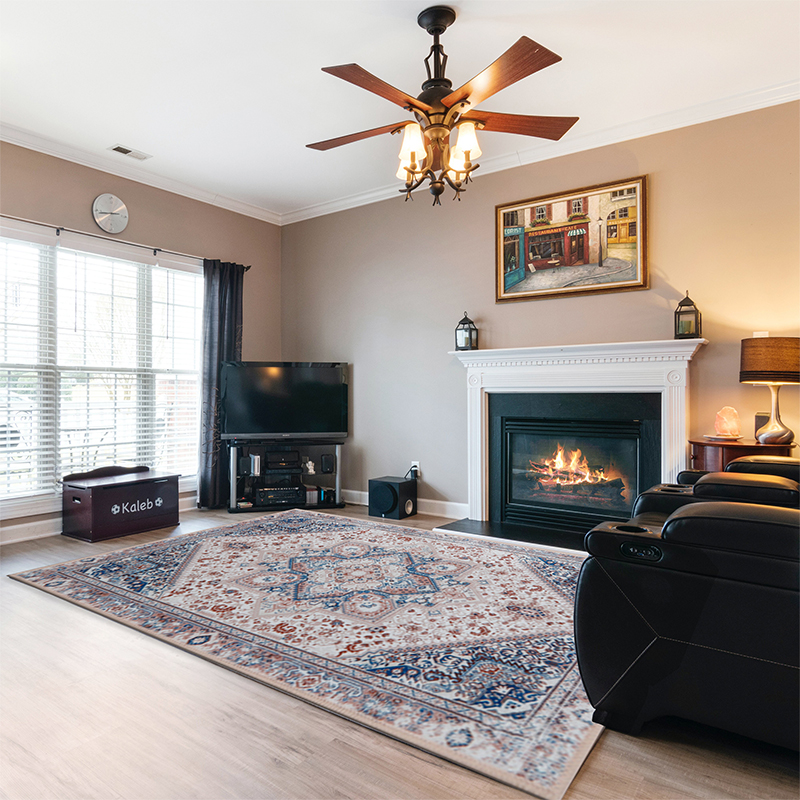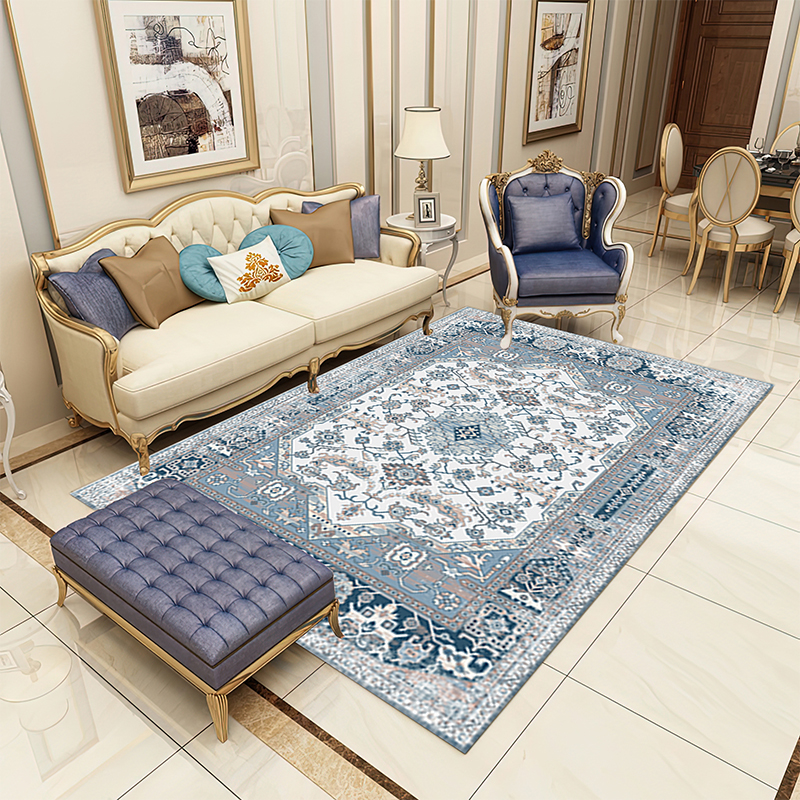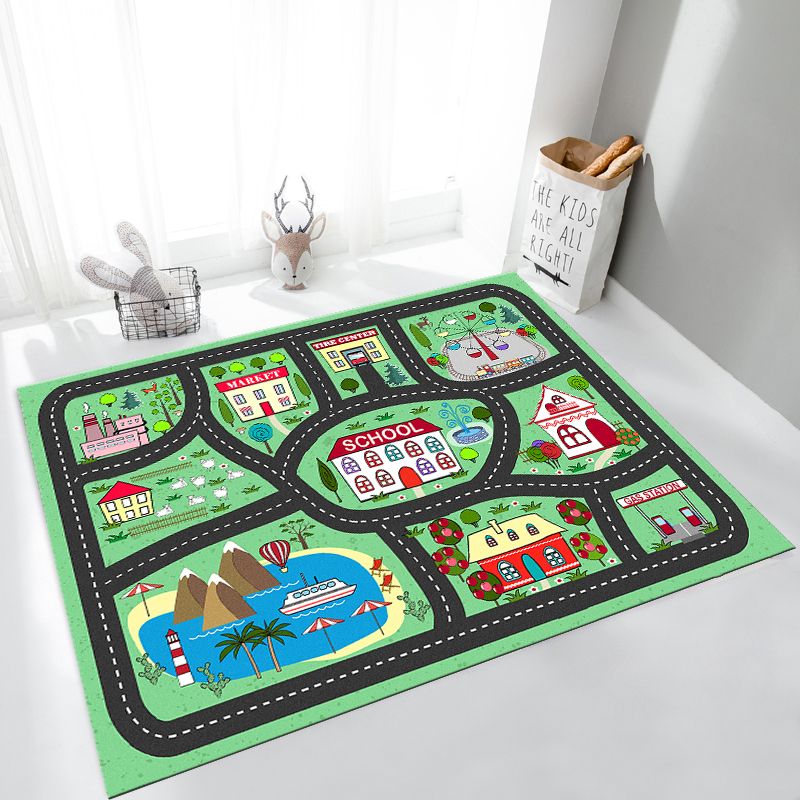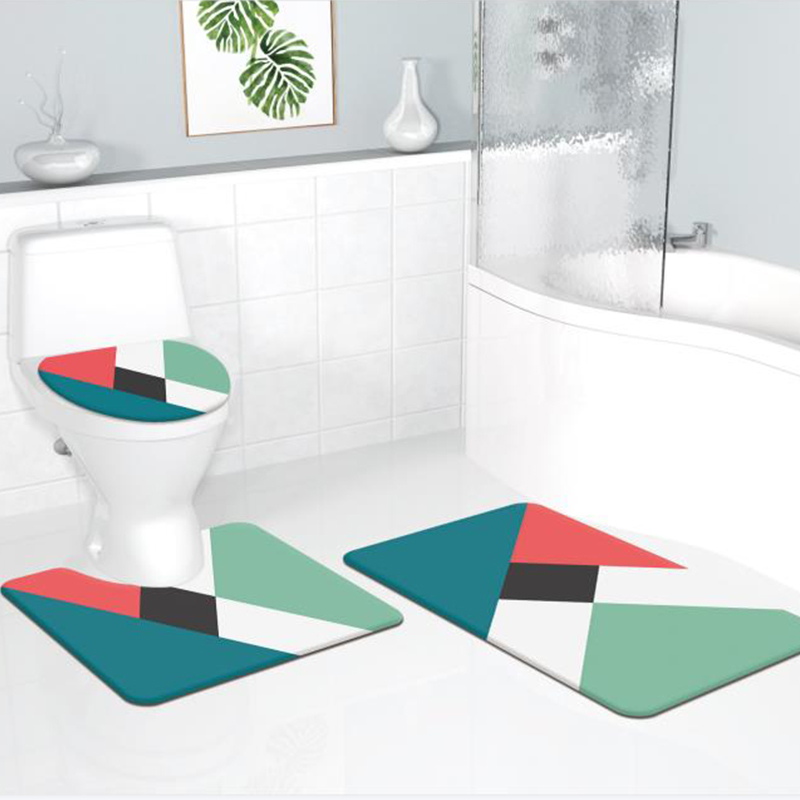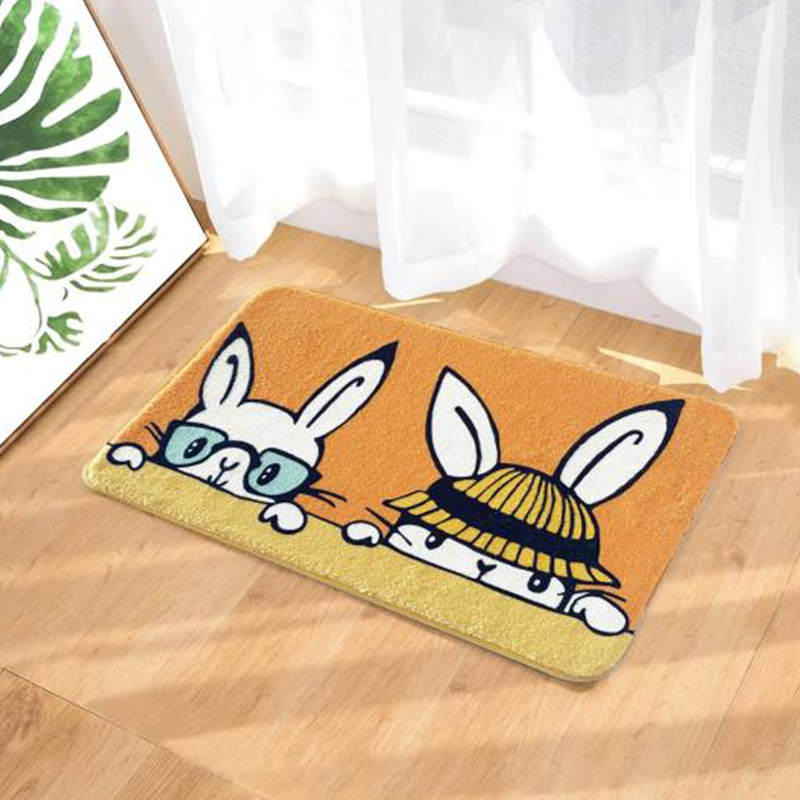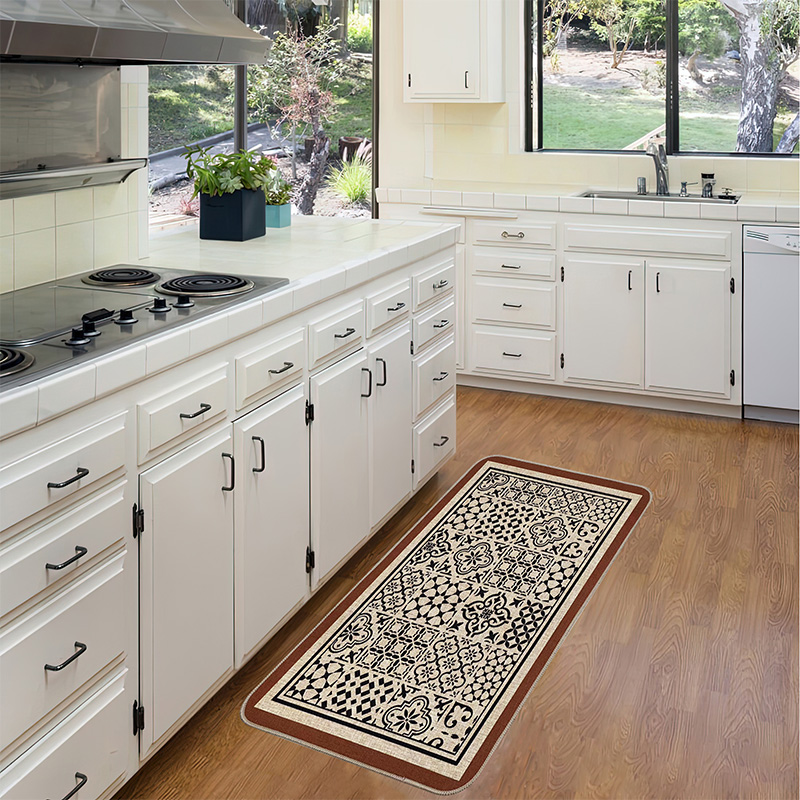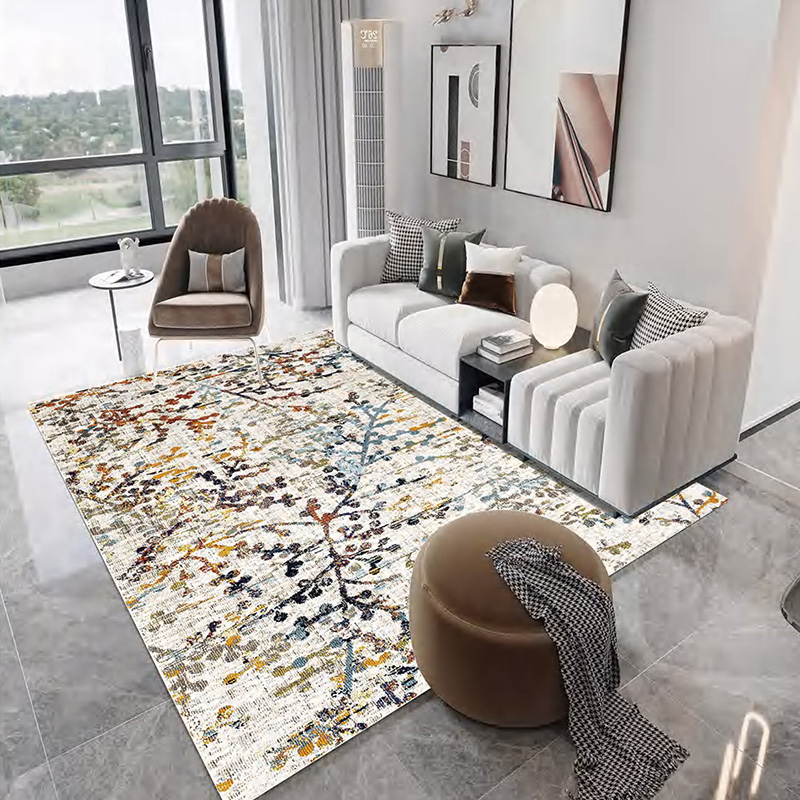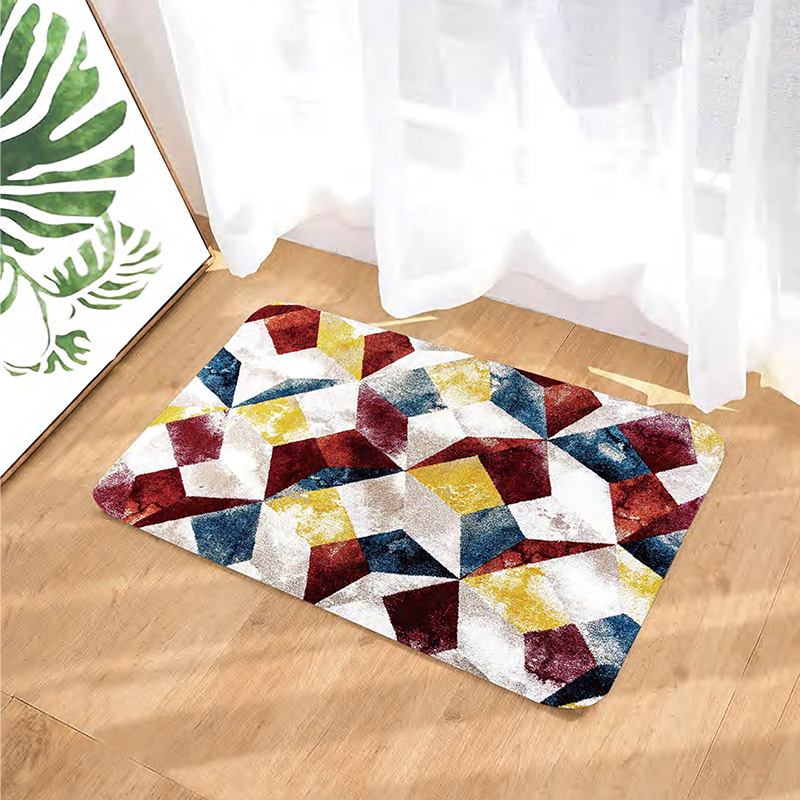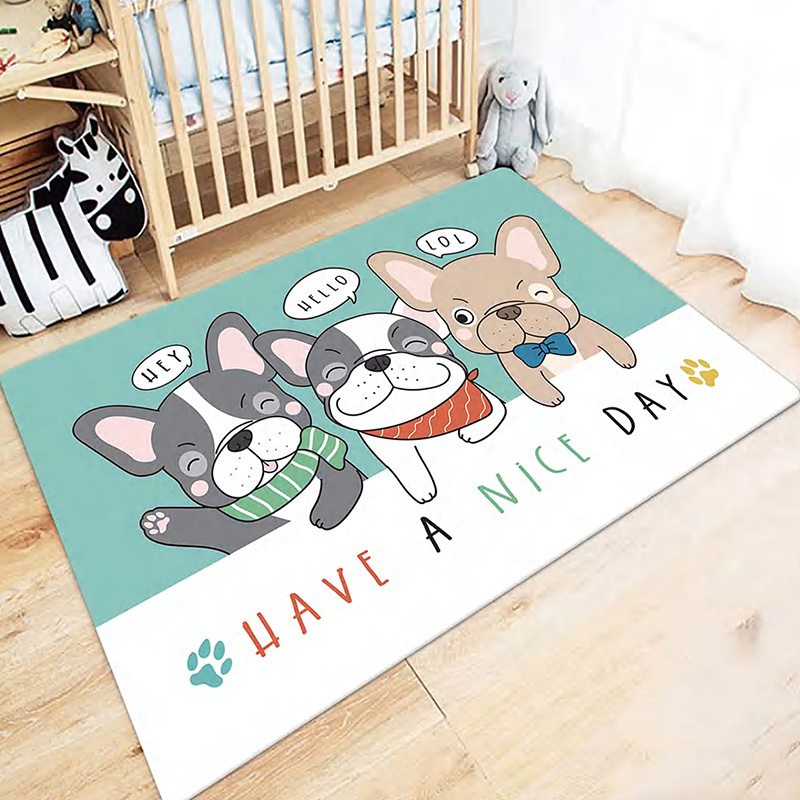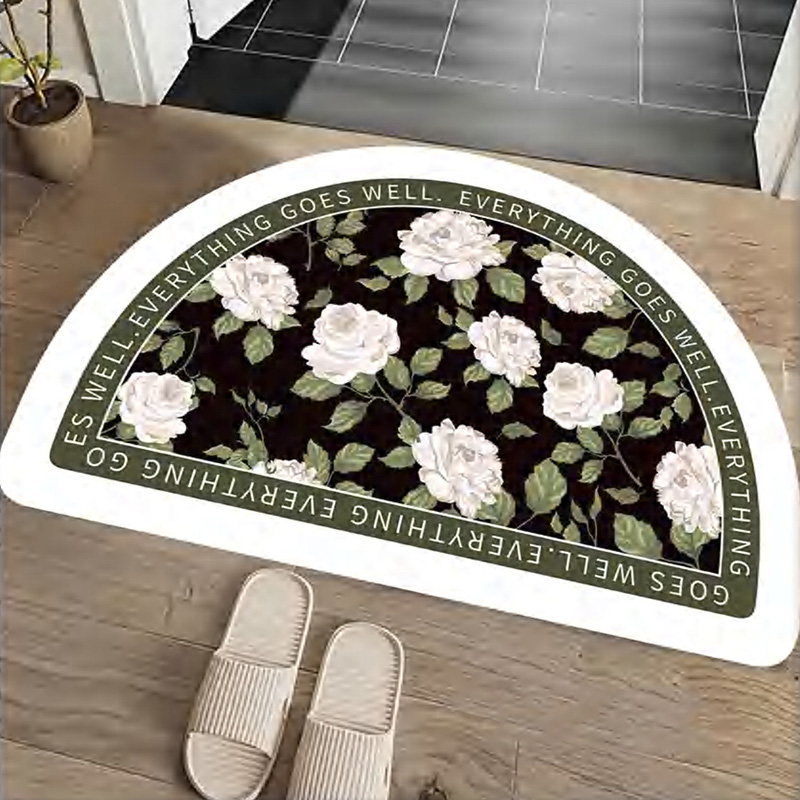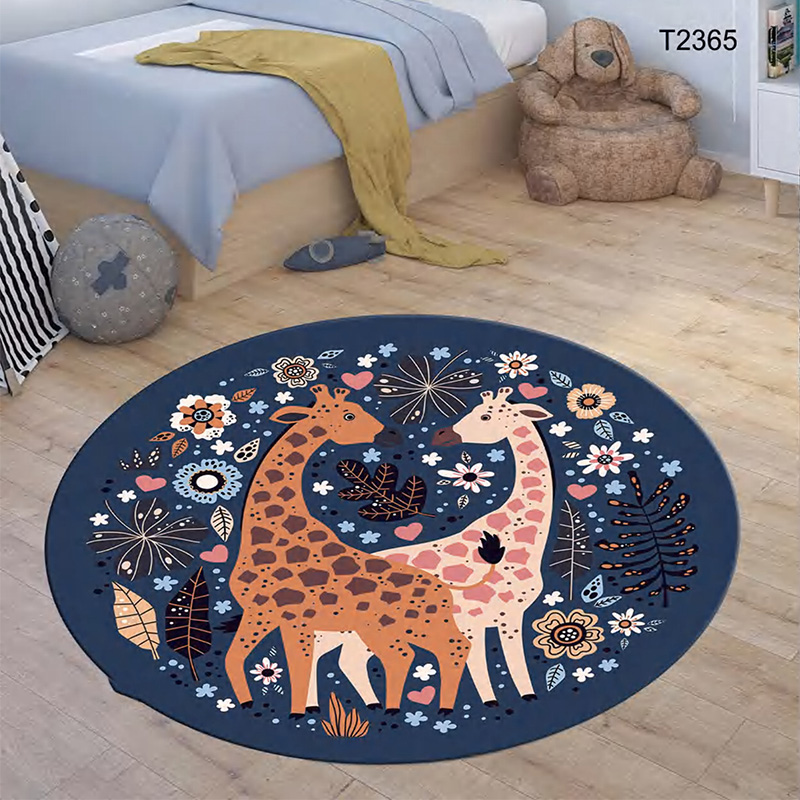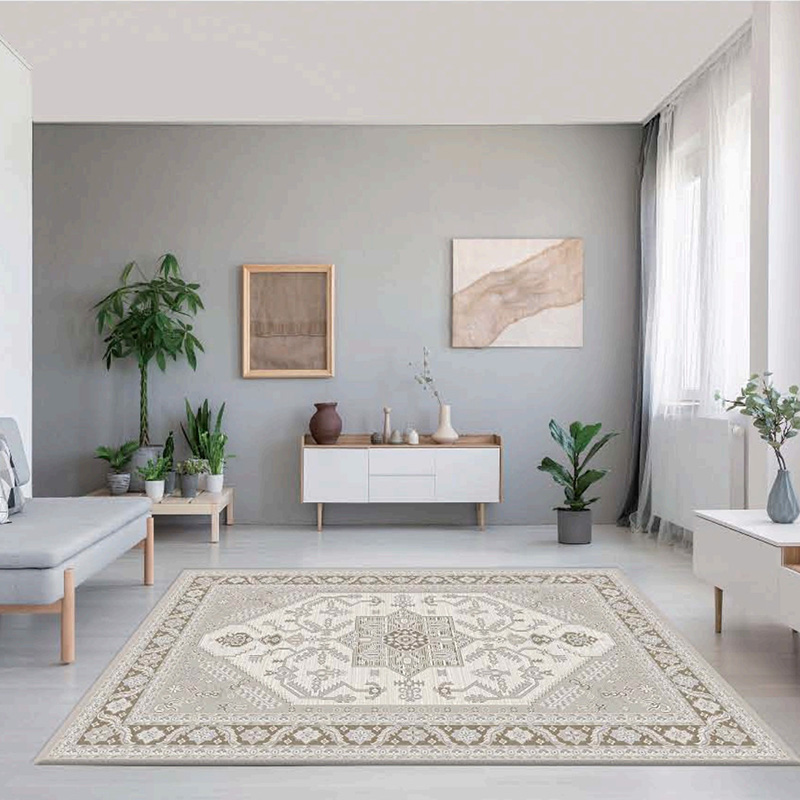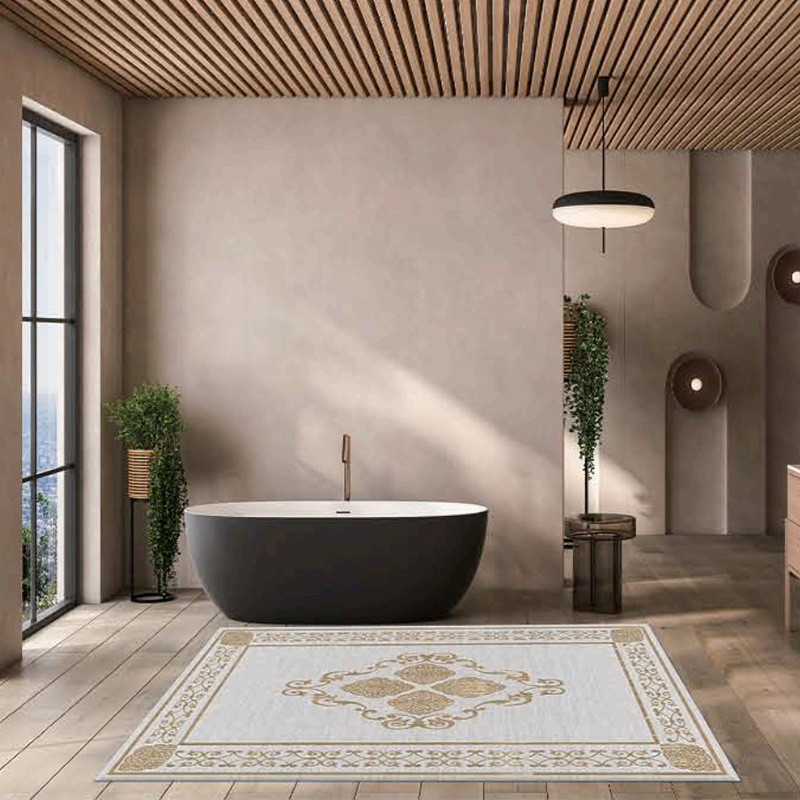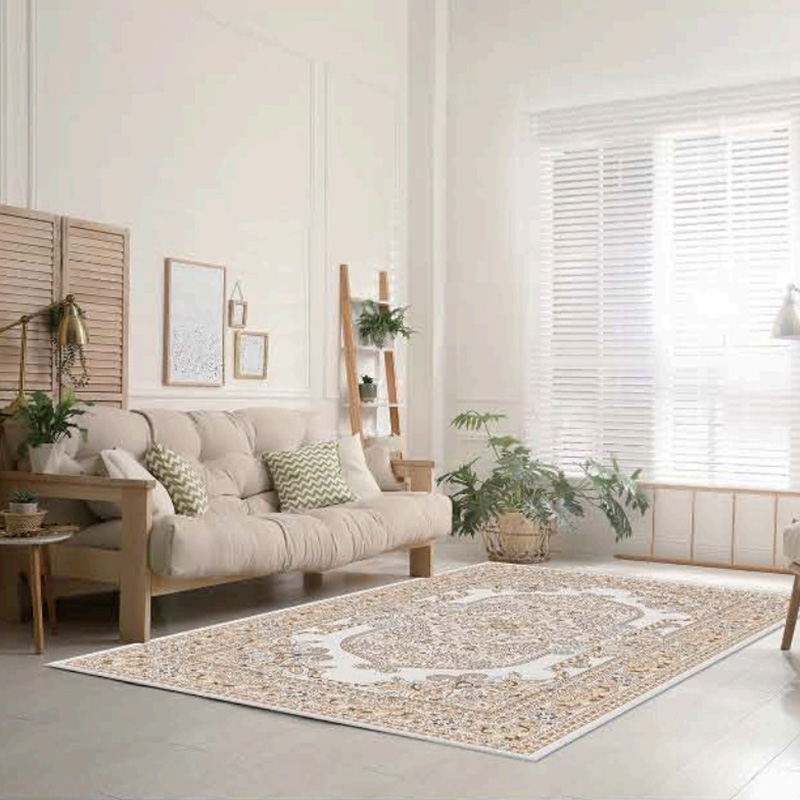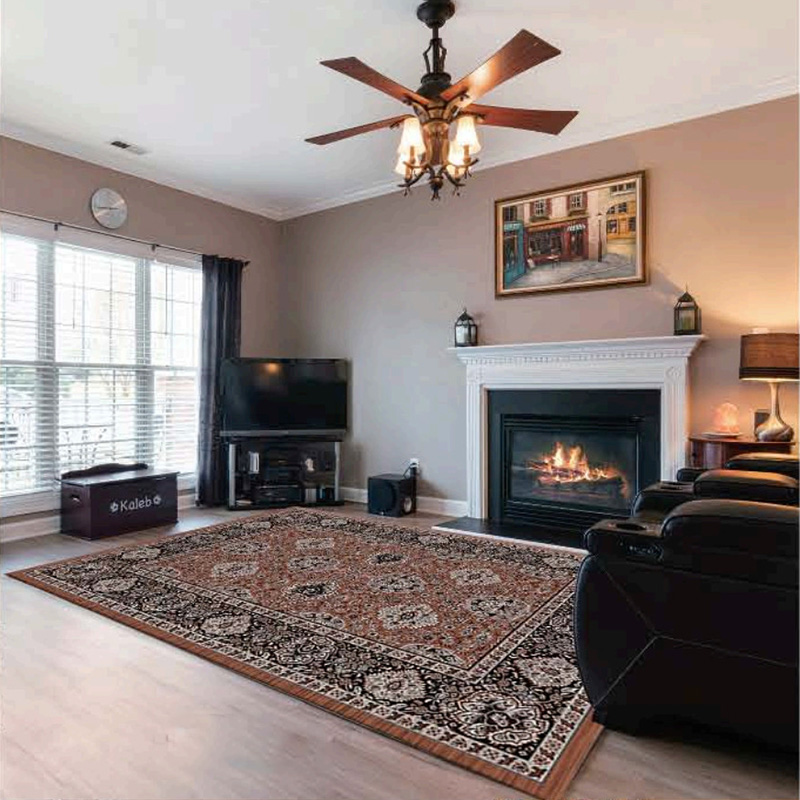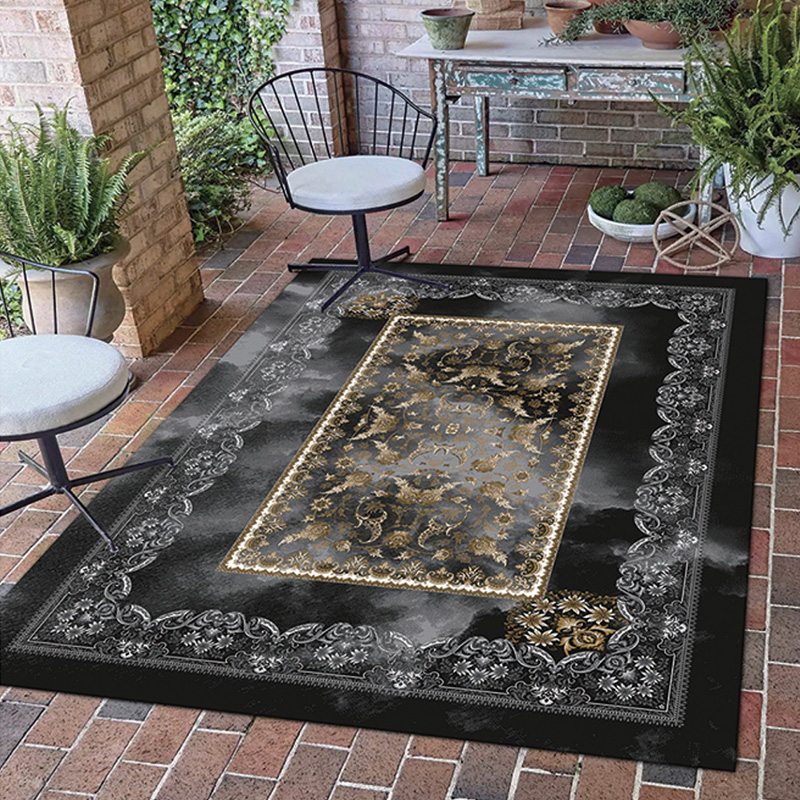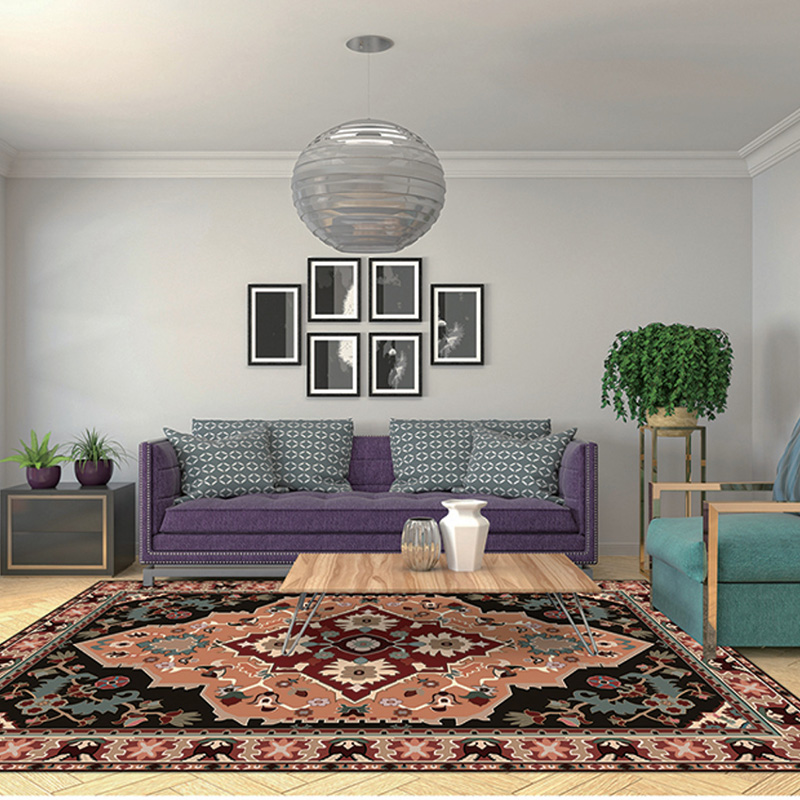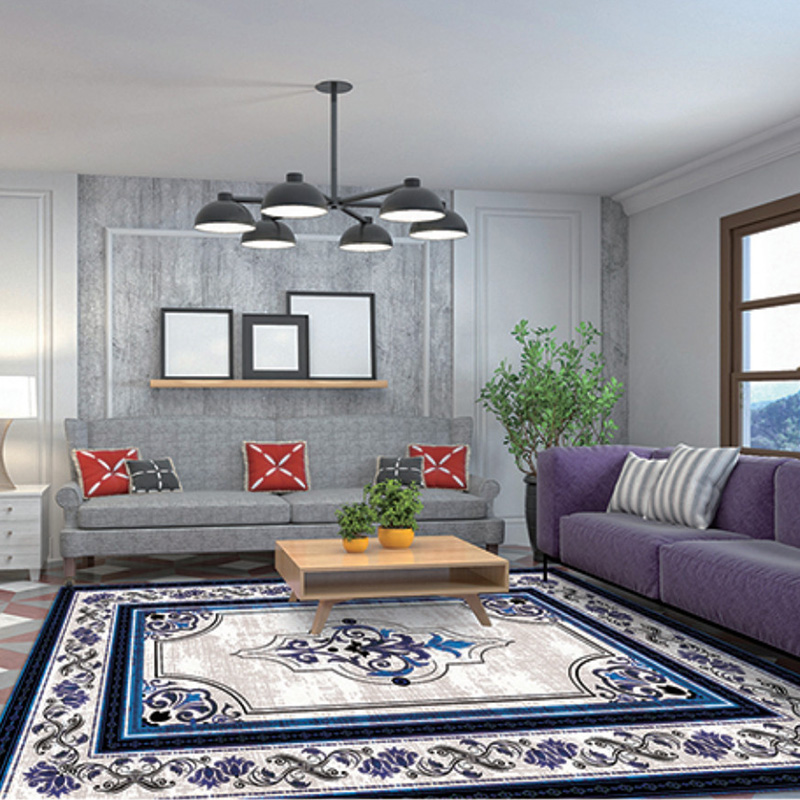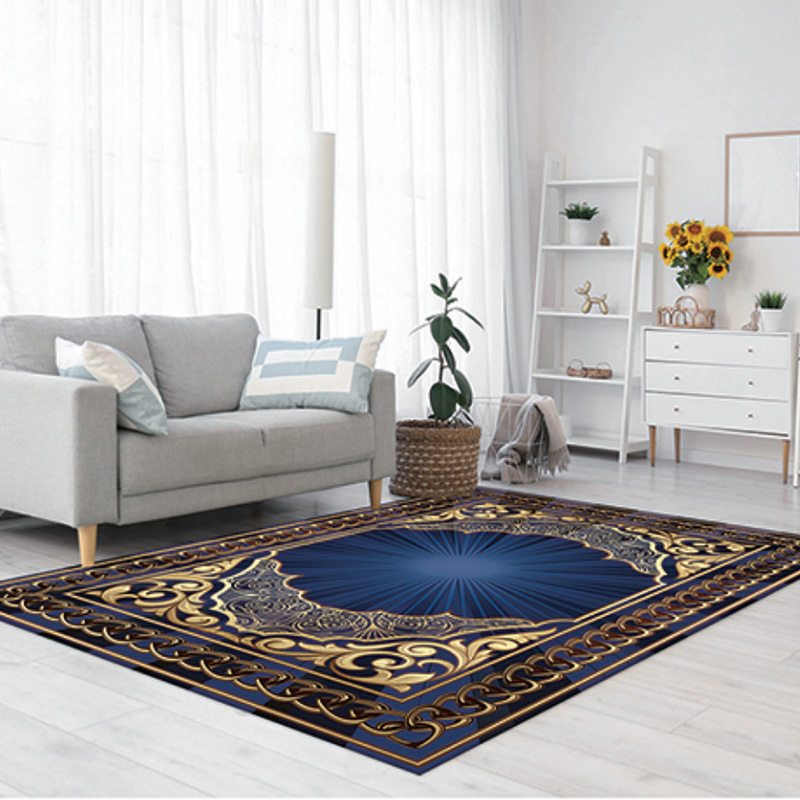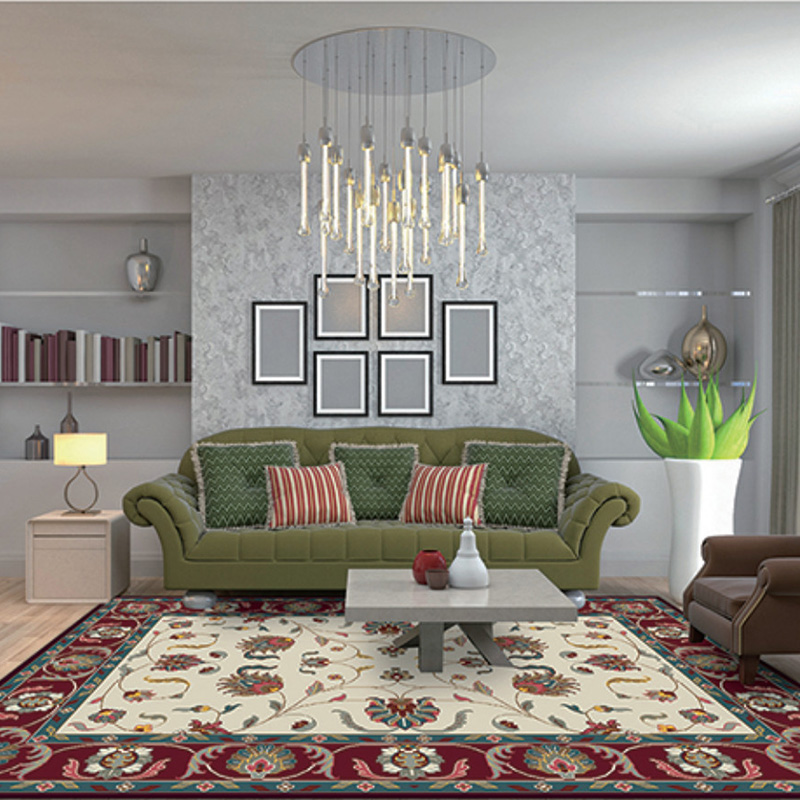The market for kids soft play rugs has witnessed growth recently, reflecting a broader trend toward creating safe, engaging, and developmentally supportive environments for children. As parents, educators, and childcare providers seek to combine comfort, safety, and educational value in play areas, soft play rugs have become an essential fixture in homes, preschools, and indoor play centers worldwide.
The Growing Demand for Kids Soft Play Rugs
The rising awareness of childhood development and safety standards has been a primary driver behind the increased adoption of kids soft play rugs. Unlike traditional carpets or hard floorings, these rugs are designed with soft, cushioned materials that help protect children from injuries during playtime. According to market research, demand has surged especially in regions such as North America, Europe, and Asia-Pacific, where early childhood education and home play setups have become focal points for parents and institutions alike.
With parents spending more time at home and investing in child-friendly spaces, the appeal of soft play rugs has grown beyond functional floor coverings to become dynamic play zones that encourage physical activity, motor skill development, and imaginative play.
What Sets Kids Soft Play Rugs Apart?
Kids soft play rugs distinguish themselves by combining multiple beneficial features tailored specifically for young children:
Cushioned Comfort: Constructed from high-quality foam or plush fabric layers, these rugs provide a soft landing that impact during falls and active play.
Non-Toxic Materials: Safety-conscious manufacturers use hypoallergenic, non-toxic, and BPA-free materials to ensure rugs are safe for sensitive skin and free from harmful chemicals.
Non-Slip Backing: Many kids play rugs include anti-slip backing to prevent slipping accidents on smooth surfaces, adding an extra layer of safety.
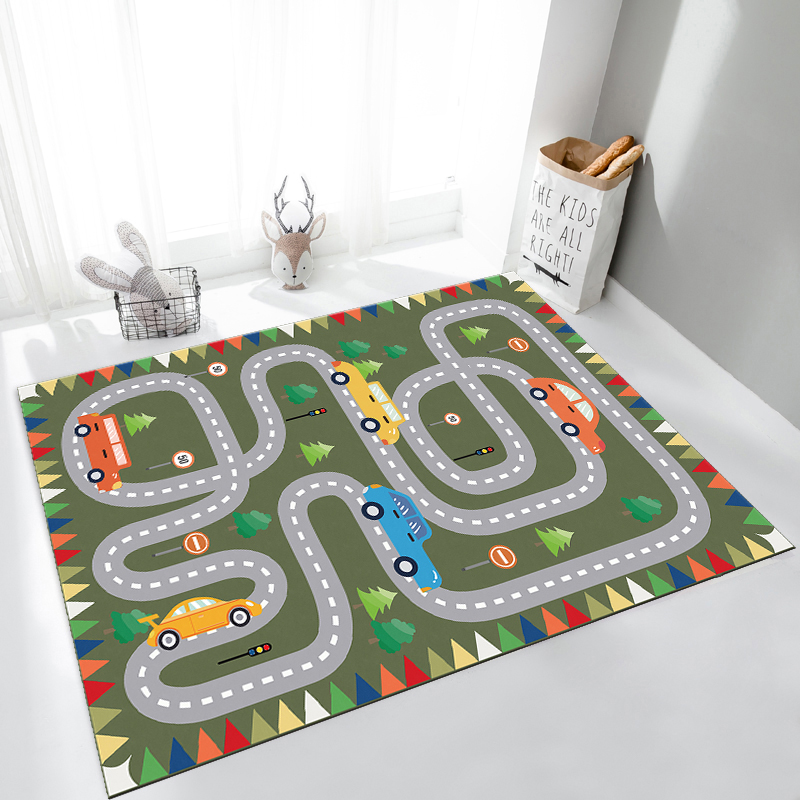
Vibrant Designs and Educational Patterns: Bright colors, alphabets, numbers, animals, and interactive themes transform rugs into educational tools that stimulate cognitive development.
Easy Maintenance: Machine-washable or stain-resistant fabrics make cleaning and upkeep manageable for busy families and childcare providers.
Portability and Versatility: Lightweight and flexible designs allow rugs to be moved and rearranged easily, making them suitable for a variety of indoor settings.
Innovations Driving the Kids Soft Play Rug Market
The kids’ play rug industry is actively innovating to meet evolving consumer expectations. Recent advancements include:
Modular Rug Sets: Interlocking foam tiles and puzzle-style rugs let users customize the play area’s size and shape, encouraging creativity in layout.
Interactive Technology: Some rugs integrate sensory features such as textured surfaces, sound modules, or augmented reality apps that engage children in multisensory learning.
Eco-Friendly Options: Responding to environmental concerns, several brands offer rugs made from recycled or sustainably sourced materials without compromising on softness or safety.
Anti-Microbial Treatments: Rugs with built-in anti-microbial properties help reduce allergens and bacteria, creating a healthier play environment.
Market Trends and Consumer Insights
Industry experts report a steady increase in the kids soft play rug segment, with an estimated CAGR of 6-8% over the next five years. This growth is propelled by several factors:
Parental Focus on Safety: Parents prioritize products that reduce risks of injury, particularly for toddlers and preschoolers who are prone to falls during exploration.
Early Childhood Education Emphasis: Educational institutions increasingly use soft play rugs in classrooms and activity areas to promote interactive and comfortable learning experiences.
Urban Living Spaces: With limited outdoor play options in urban environments, indoor play areas equipped with soft rugs provide a safe alternative for active play.
Home-Based Learning Trends: The rise of homeschooling and remote learning encourages investment in stimulating home environments where soft play rugs add comfort and engagement.
Challenges and Opportunities
While the market is thriving, manufacturers face challenges such as ensuring durability under heavy use, balancing softness with easy cleaning, and meeting stringent safety certifications. However, these challenges also offer opportunities for product differentiation.
Companies investing in research and development to produce hypoallergenic, anti-slip, and washable kids soft play rugs stand to gain a competitive edge. Moreover, expanding e-commerce channels allow niche brands to reach a global audience of parents and educators actively searching for quality play products.

 英语
英语 阿拉伯语
阿拉伯语 德语
德语
